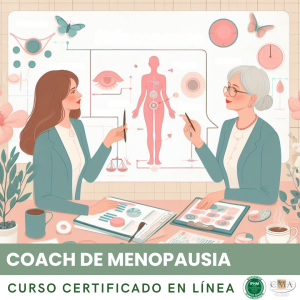
Creating an environment conducive to laughter and letting go is an essential element for the success of a laughter therapy session. It’s about setting up optimal conditions that encourage relaxation, trust, and spontaneous expression of participants. The facilitator plays a key role in establishing this safe and caring framework.
Firstly, the arrangement of the space must be carefully thought out. The chosen room should be large and clear enough to allow for freedom of movement and interaction. A bright, airy space, shielded from outside views is ideal. The facilitator ensures a circular or semi-circular layout is arranged to facilitate exchanges and eye contact among participants. Comfortable chairs or cushions can be provided. The decoration can be colorful and playful, with touches of humour (posters, amusing accessories…), without, however, cluttering the space.
Creating a warm atmosphere also involves attention to detail: a pleasant temperature, high-quality sound system with an energizing playlist, healthy and hydrating snacks available… The facilitator could diffuse essential oils with soothing and energizing properties like orange or mint. All these elements contribute to a positive multisensory environment that puts in good conditions to laugh.
But the main thing lies in creating a framework of trust and benevolence. From the outset, the facilitator shows warmth, smiles and is considerate of everyone. He/ She clearly and reassuringly presents the procedure and the rules, emphasizing the notion of non-judgment and mutual respect. He/She encourages participants to dare, without forcing themselves, while respecting their limits. The right not to participate or to take a step back is guaranteed at any time. The facilitator encourages participants to let go of control and thinking and just live in the moment.
To reinforce cohesion and trust in the group, the facilitator proposes gradual activities of connection and interaction. Introduction games break the ice and help remember names. Eye-contact exercises, facial mimicry, mirror laughter gradually create a complicity and ease to laugh together. The facilitator ensures that everyone finds their place and feels safe in the group.
Managing the material and logistical aspects prior to the session is crucial to avoid any stress or disruption. The facilitator ensures to have all the necessary equipment (floor mats, accessories, audio supports…) and to check their proper functioning. He/She plans a clear signage to guide participants to the room. He/She anticipates practical questions (parking, cloakroom, toilets…) and specific needs (PRM accessibility, translation…). An assistant or co-facilitator can be helpful to deal with unforeseen events during the session.
In summary, the creation of an environment conducive to laughter and letting go relies on careful preparation in advance and a caring and reassuring presence of the facilitator during the session. Every detail matters to make participants feel welcomed, confident, and free to express themselves fully. It is in this secure and stimulating cocoon that the benefits of laughter therapy can optimally unfold. The facilitator is the guarantor of this framework throughout the session, through their attitude, their instructions, and their management of the unexpected. Their attitude is just as important as their skills in creating favourable conditions for letting go and releasing laughter.
Key points to remember:
– Arrangement of the space should be tidy: spacious, bright room, circular layout, playful decoration without clutter.
– A warm atmosphere involves attention to detail: pleasant temperature, energizing music, healthy snacks, essential oils.
– Establishing a framework of trust and benevolence is essential. The facilitator shows warmth, presents clear rules (non-judgment, respect), and proposes gradual connection activities.
– Anticipated management of material and logistical aspects (equipment, signage, accessibility) prevents stress and disruptions.
– The facilitator guarantees this secure and stimulating framework through their reassuring presence, their instructions, and their management of the unexpected. Their attitude is as important as their skills.
👉 To download docx (Editable) file click here : Click here
👉 To download PDF file click here : Click here
👉 To download MP3 file click here : Click here





